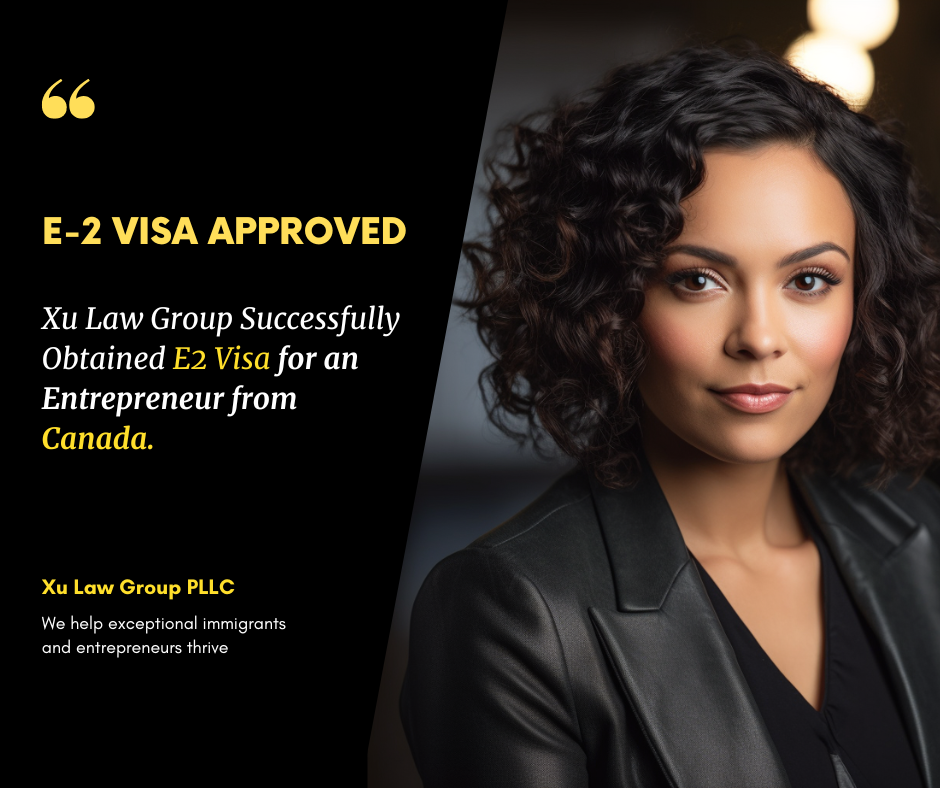
Can I Apply for EB-1 and EB-2 at the same time?
The EB-1 Extraordinary Ability Visa is a first preference employment based immigrant visa that grants lawful permanent residence to qualified candidates. The EB-2 Exceptional Ability Visa is a second preference employment based immigrant visa.
Can I apply for EB-1 and EB-2 at the same time?
In short, yes. You can apply for EB-1 and EB-2 concurrently or one after the other. Navigating the intricacies of U.S. immigration law can often feel like navigating a maze, especially when it comes to employment-based immigrant visas. Many talented professionals from around the globe wonder about the possibilities and strategies they might employ to obtain lawful permanent resident status (commonly known as a green card) in the U.S. Two of the most sought-after categories of these visas are the EB-1 and EB-2. But a frequently asked question is, "Can I apply for both EB-1 and EB-2 at the same time?" Let's dive deep to find the answer.
Understanding the Basics: EB-1 and EB-2
Before we delve into the specifics, it's important to understand the fundamental differences between these two visa categories:
EB-1: This is reserved for individuals with extraordinary ability in their respective fields (be it arts, sciences, education, business, or athletics), outstanding professors and researchers, and multinational managers or executives.
EB-2: This category is for individuals with exceptional ability in their field or those who possess advanced degrees (or their equivalent).
Applying Concurrently: Is It Possible?
Technically, there is no provision in the immigration law that prohibits an individual from filing petitions under multiple employment-based categories simultaneously. So, yes, you can file for both EB-1 and EB-2 at the same time, provided you meet the eligibility criteria for each category. Doing so might even offer some strategic benefits:
Priority Dates: U.S. immigration functions on a system of priority dates. Given the fluctuating nature of visa bulletin cut-off dates, having petitions in multiple categories could mean you can take advantage of whichever category becomes current first.
Backup Plan: Should one petition face complications or denial, having another active petition can act as a safety net, ensuring you don't have to start the process from scratch.
EB1 vs EB2, Things to Consider
However, while it's technically possible, there are some points to consider:
Cost: Filing multiple petitions will result in higher fees and potentially more attorney costs if you're employing legal help.
Documentation: Each category requires substantial documentation to prove eligibility. Gathering this evidence can be time-consuming and sometimes challenging.
Adjudication Time: The U.S. Citizenship and Immigration Services (USCIS) evaluates each petition separately. Hence, the processing time might vary for each category.
Conclusion
In essence, while the law doesn't bar one from applying for both EB-1 and EB-2 concurrently, whether or not it's a strategic move depends on an individual's unique circumstances, including their professional background, personal immigration goals, and the current visa bulletin trends. Consulting with an experienced immigration attorney can offer insights tailored to one's specific situation and provide guidance on the best path forward.
About the Author:





